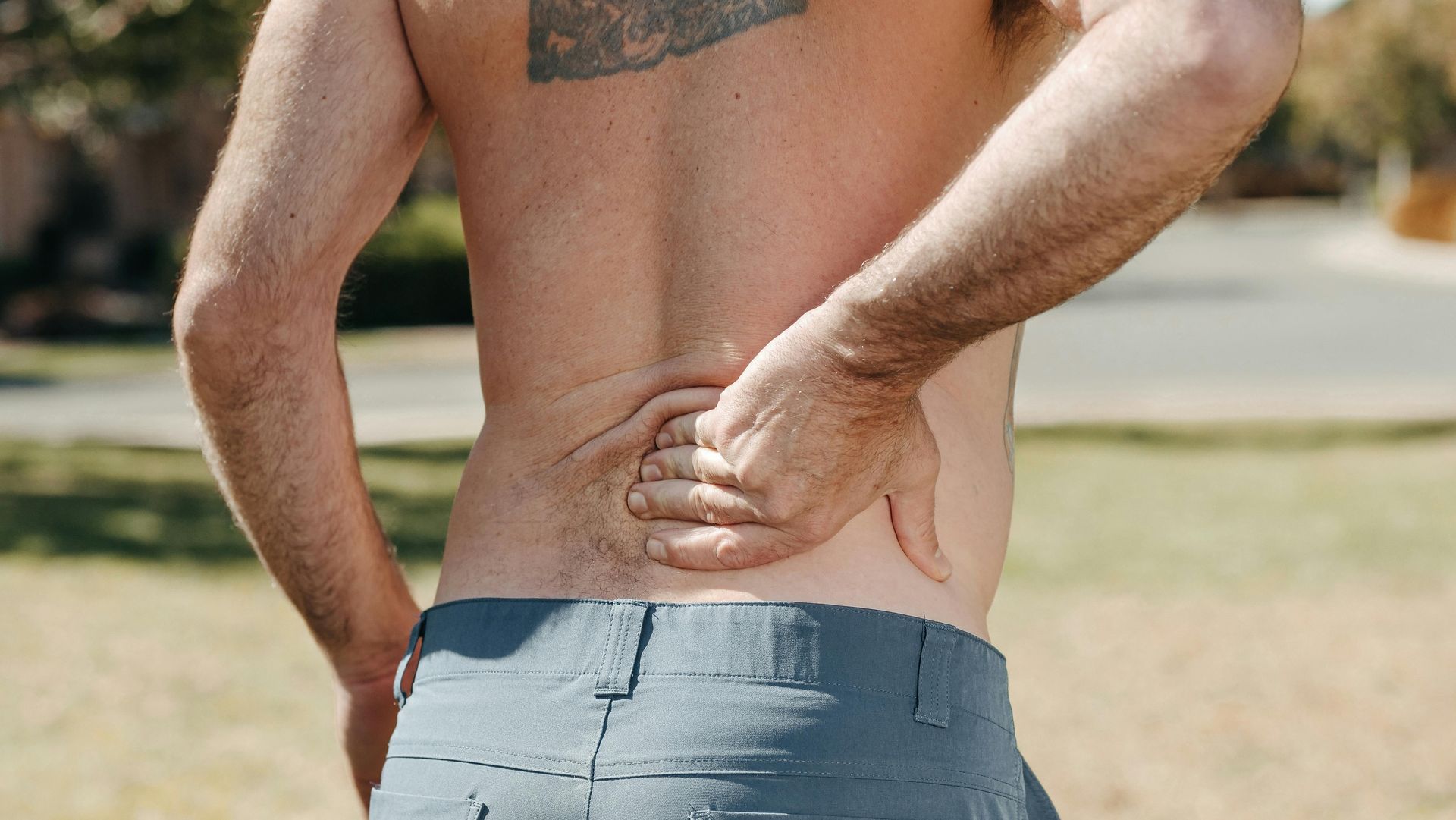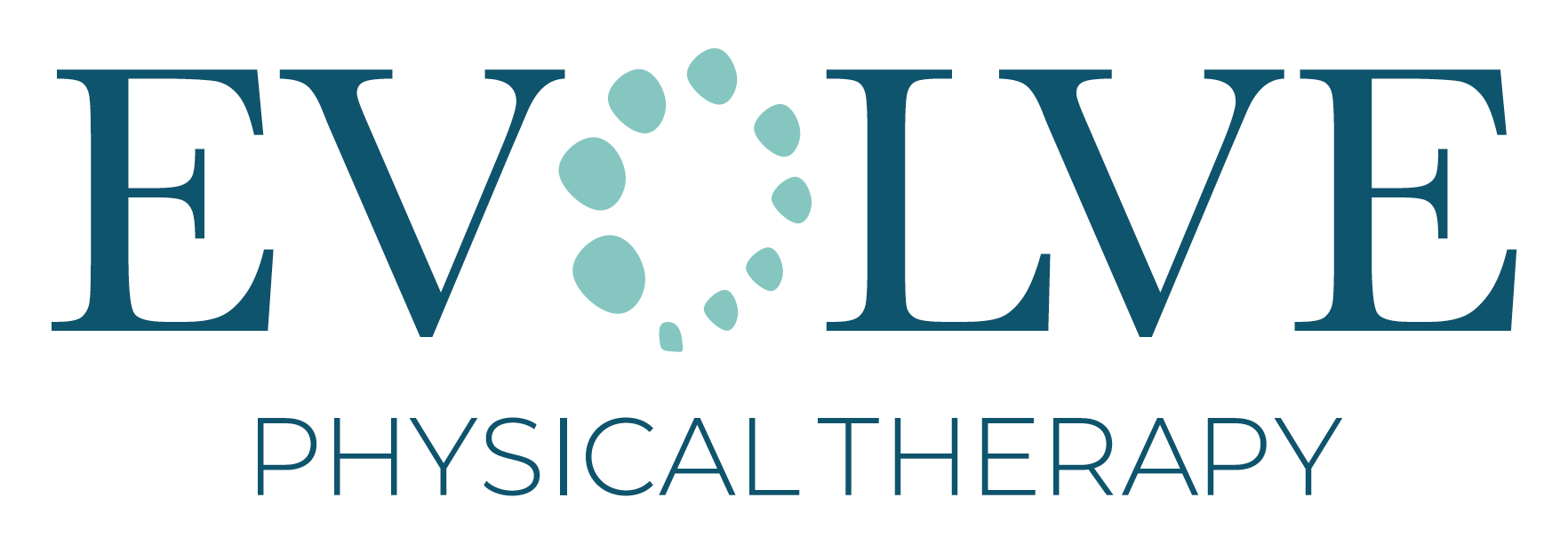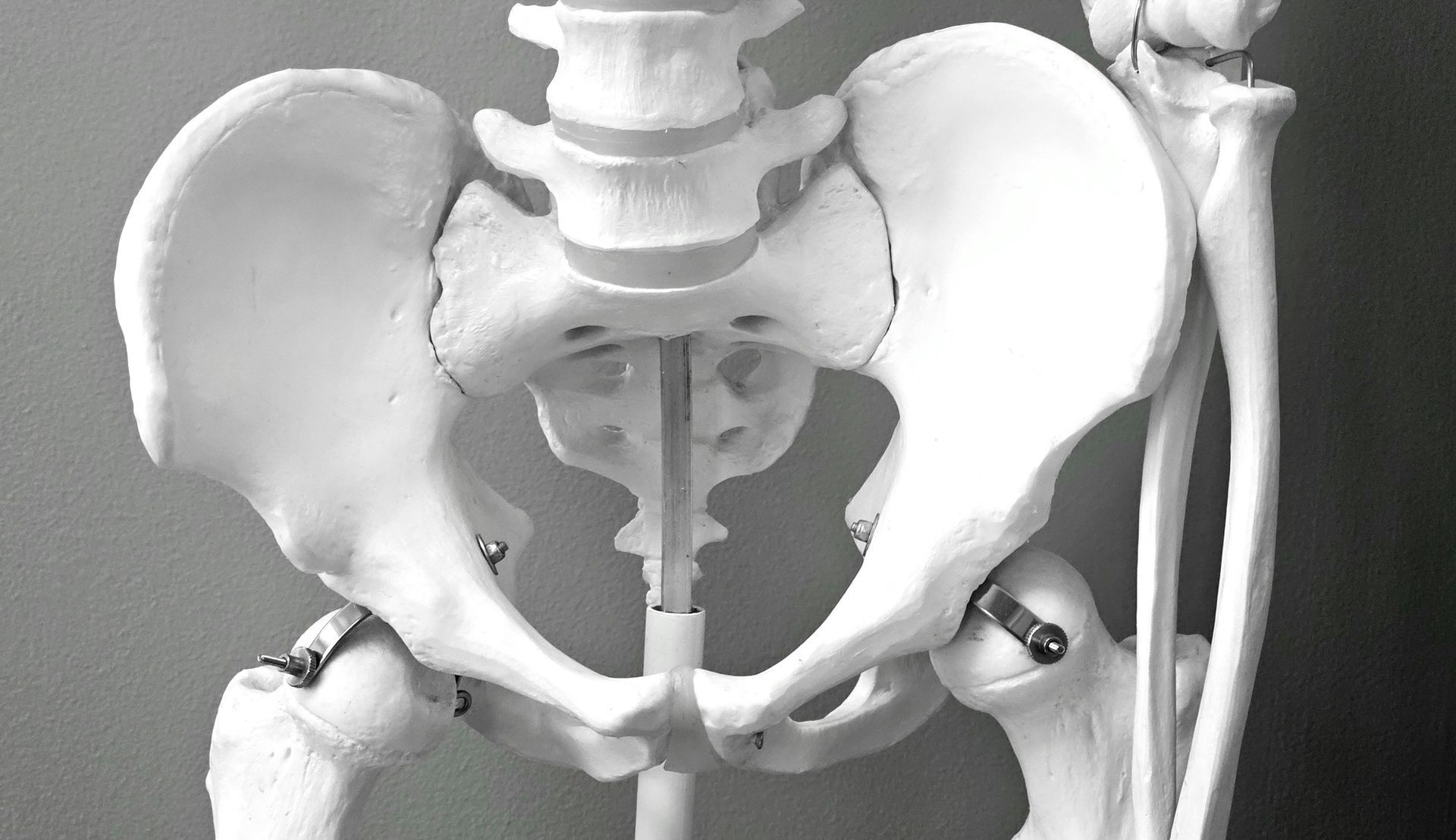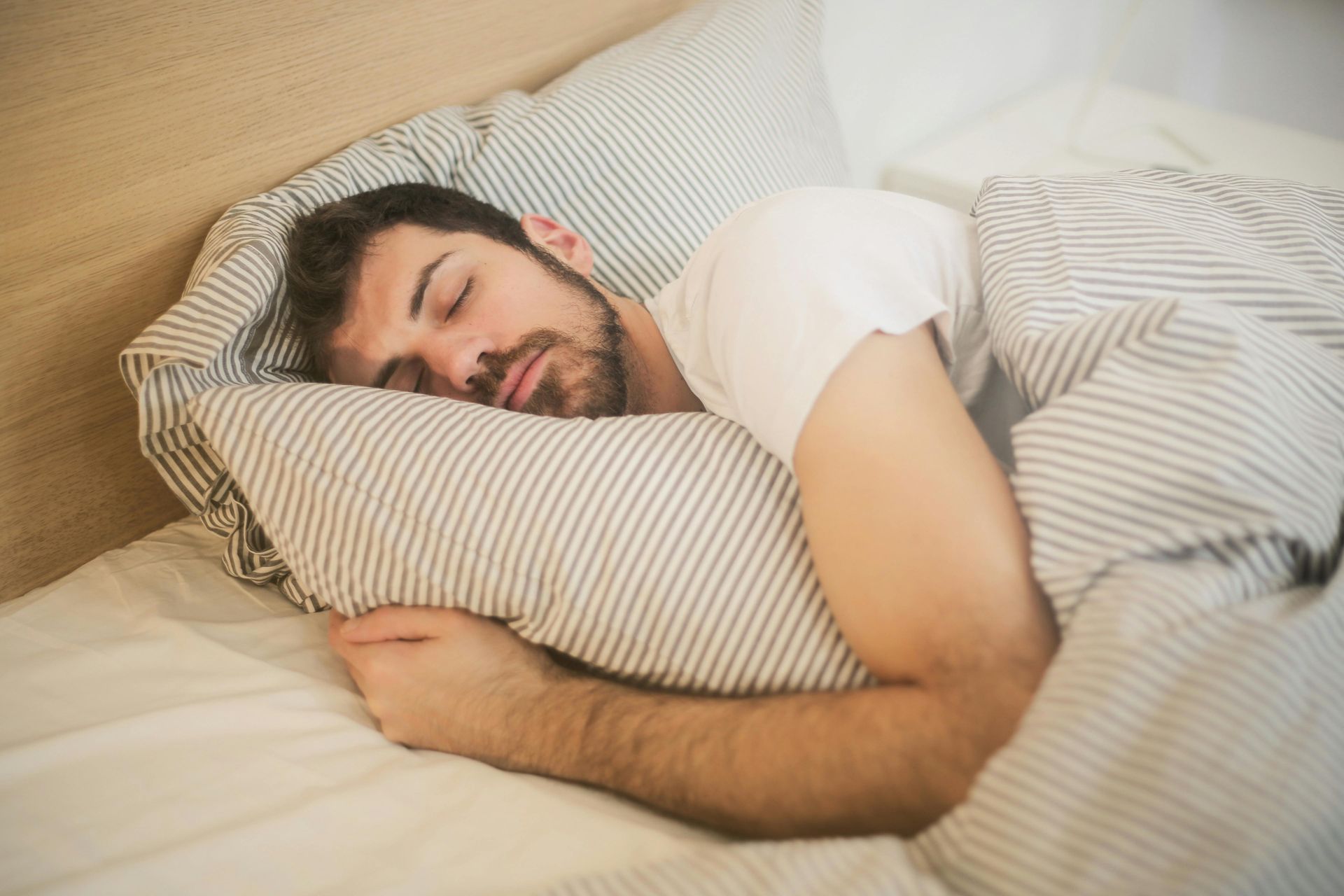Why Massage Isn't Fixing My Chronic Pain
Top 3 Reasons Muscles Never Fully Relax
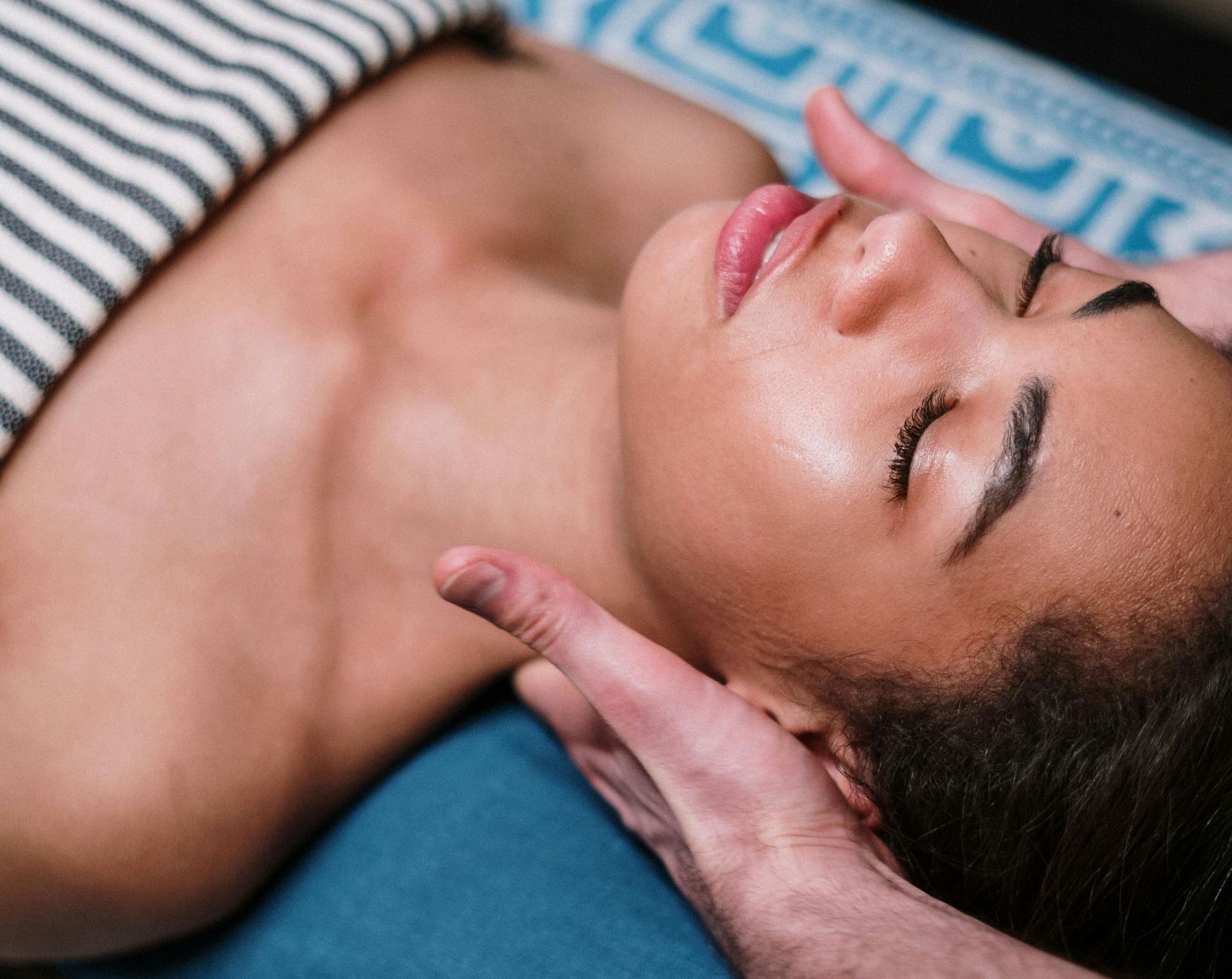
We get this question A LOT. When you are in pain, you try everything to help give you relief! Most people will start with getting a massage to help decrease tension and pain.
You initially feel amazing but, the pain always comes back within 1-3 days after the massage. Why is that?
Massage therapists are wonderful! We refer a lot of our patients to sports massage therapists to help with maintenance soft tissue work. But sometimes, there is a deeper issue that is causing the muscles to tighten again and needs to be addressed by a physical therapist.
There are 3 reasons our muscles like to tighten or spasm:
1) The muscles are very weak and the body "tightens" these muscles to help give the body support to compensate for the weakness.
2) The muscles are extremely overused and tighten because they are "overactive".
3) The muscles are in a shortened position for long periods of time and the muscles stay tight.
Most people are either #1 or #2. When you have a muscle that is weak and then you get a massage to loosen it, you actually are decreasing the stability of that joint. The joint has been relying on that 'tight' muscle because it does not have the strength to hold the joint in its proper position. So the muscle will just tighten right back up again!
When we massage an overactive muscle, it will allow it to relax initially, but it will tighten back up again because there is a muscle imbalance. For example, if you are someone with tight upper traps or neck muscles that are caused by being overused, then the tightness will come right back because there usually is weakness in the lower/middle traps and hyperactivity in the upper traps (this causes the shoulders to shrug). Until we figure out the root cause of the muscle imbalance, you'll never be symptom free for more than a few days.
Soft-tissue work and tailored exercises are extremely important to do in conjunction with each other. This is how we relax the muscles and keep it from tightening up again! If you are doing constant massages for pain relief, make an appointment with a physical therapist as well! Massage therapy and PT together will help you finally get out of pain for good!
We recommend coming in to get an evaluation to see if you are #1, #2 or #3! Your treatment will be very different based on which category your muscles fall in!

